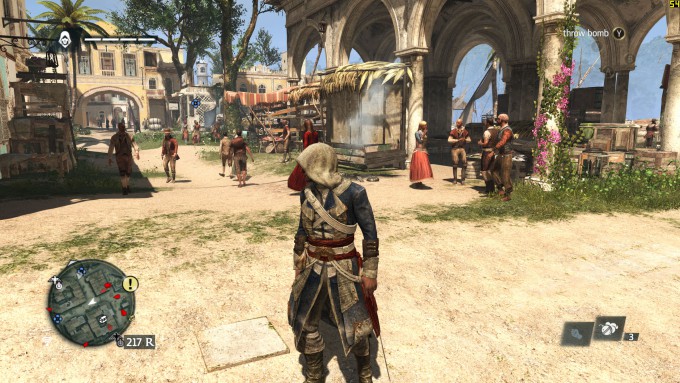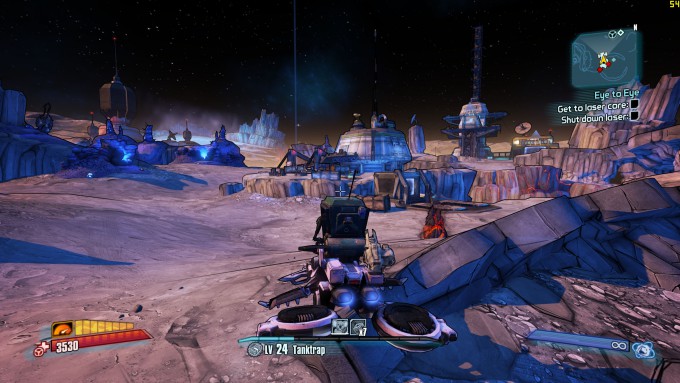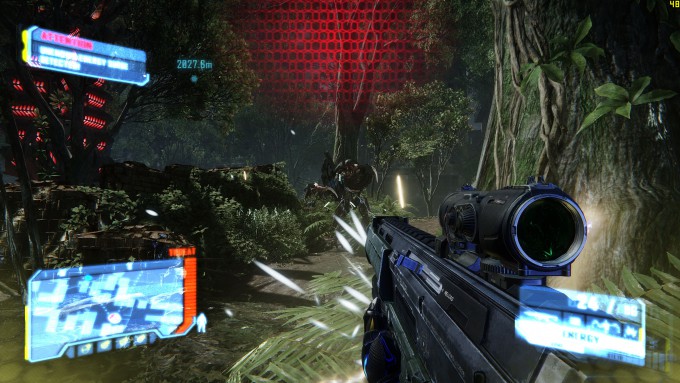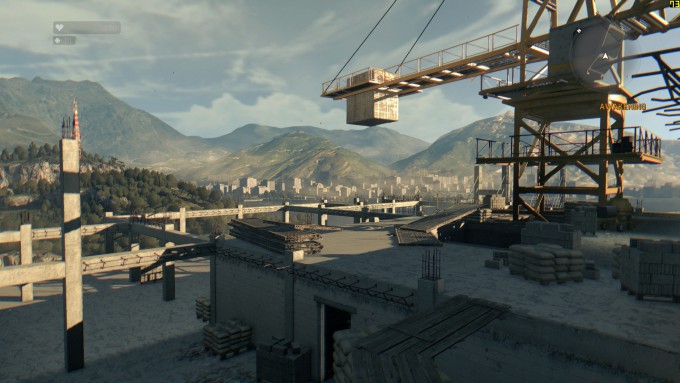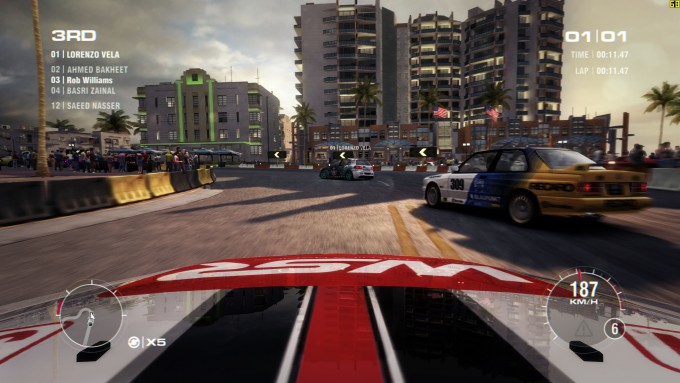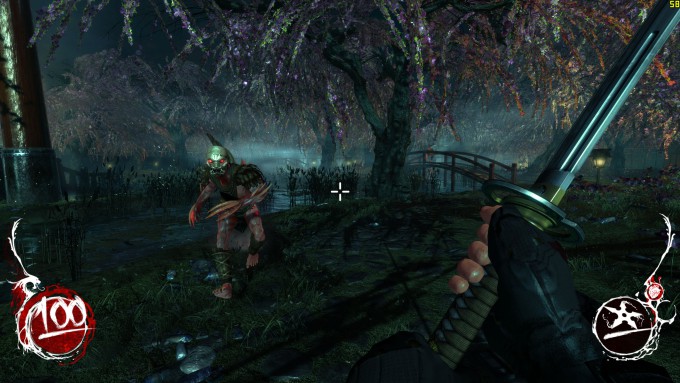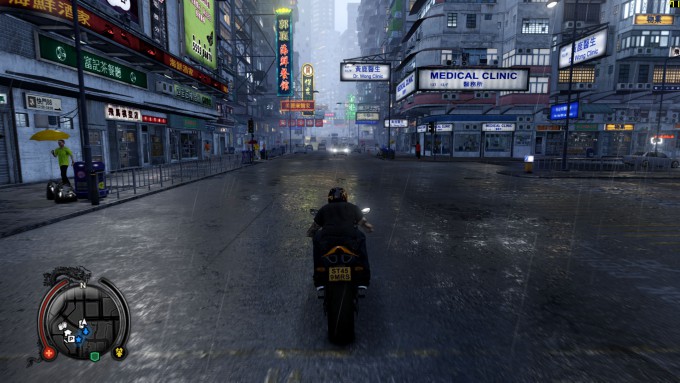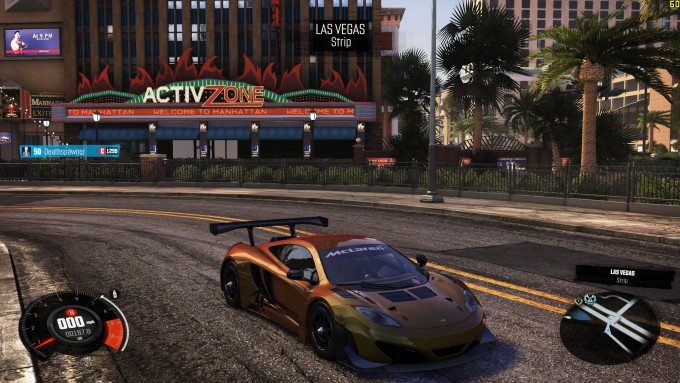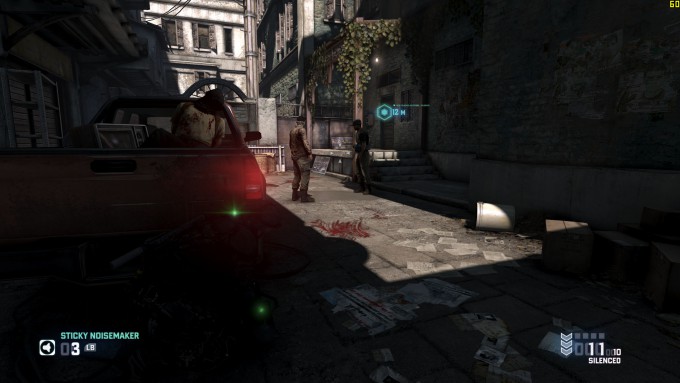- Qualcomm Launches Snapdragon 4 Gen 2 Mobile Platform
- AMD Launches Ryzen PRO 7000 Series Mobile & Desktop Platform
- Intel Launches Sleek Single-Slot Arc Pro A60 Workstation Graphics Card
- NVIDIA Announces Latest Ada Lovelace Additions: GeForce RTX 4060 Ti & RTX 4060
- Maxon Redshift With AMD Radeon GPU Rendering Support Now Available
ASUS Republic of Gamers G751JY 17-inch Gaming Laptop Review

There are gaming laptops, and then there are uncompromising gaming laptops. ASUS’ ROG G751JY falls into the latter category for a number of different reasons, with a great one being that it packs some seriously powerful hardware under its hood. How does a 1GB/s SSD sound? 24GB of RAM? GTX 980M? Exactly. Read on!
Page 3 – 1440p (External) Gaming Performance
On the previous page, all of the games were tested at 1080p using the notebook’s own display, while on this page, we take a look at performance on a 1440p external monitor (ASUS ROG SWIFT PG278Q), connected via DisplayPort. On a related note, I should mention that the G751JY works with NVIDIA G-SYNC just fine.
Allow me to reiterate my testing methodology:
As with the “Best Playable” pages in our regular graphics card evaluations, I tweak the settings of each game until I can find a good blend of image quality and playability. The overall goal is to reach an average framerate of 60 FPS, but in some cases I’ll let that slide if it I deem the minor performance hit is with the increased detail.
I gathered all performance data through manual benchmarking, and if you’re familiar with our GPU content already, you’ll no doubt recognize the scenes from some of the games here. Fraps 3.5.99 is used for framerate reporting.
All of the ingame screenshots on this page were snapped using the same settings listed in the respective Best Playable tables. Also, for the sake of letting you in on how much performance was seen at that moment in time, Fraps’ framerate counter can be seen in the top-right corner.
Assassin’s Creed IV: Black Flag
| Assassin’s Creed IV: Black Flag | |||
| Minimum | Average | ||
| 49 | 59 | ||
| Resolution: | 2560 x 1440 | Environment: | Very High |
| Shadow: | High | Texture: | High |
| Reflection: | High | Anti-aliasing: | FXAA |
| God Rays: | Low | Ambient Occlusion: | HBAO+ (Low) |
| Volumetric Fog: | On | Motion Blur: | On |
Versus the 1080p resolution, it’s no surprise that the graphical detail has to be tweaked a fair bit, but surprisingly, the impact made isn’t huge. We’re still able to keep Very High environment detail, as well as High detail for everything else. The biggest change is with the God Rays detail and also ambient occlusion, which is decreased to HBAO+ Low, from High.
Borderlands: The Pre-Sequel
| Borderlands: The Pre-Sequel | |||
| Minimum | Average | ||
| 32 | 68 | ||
| Resolution: | 2560 x 1440 | Anisotropic Filtering: | 16x |
| Bullet Decals: | High | Foliage Distance: | Far |
| Texture Quality: | High | Game Detail: | High |
| Ambient Occlusion: | On | Depth of Field: | On |
| FXAA: | On | View Distance: | Ultra High |
| PhysX: | High | ||
Borderlands: The Pre-Sequel is one of the odd games in this roundup that’s safe to use the same high-end settings at both 1080p and 1440p. Despite the pixel boost, this game can still average out to 68 FPS. Again, the performance hit comes in with PhysX decides to, hence the modest minimum framerate. Never want to dip below 50 FPS? Simply put PhysX to Low (but honestly, the sporadic slowdown isn’t likely to bother you.)
Crysis 3
| Crysis 3 | |||
| Minimum | Average | ||
| 41 | 58 | ||
| Resolution: | 2560 x 1440 | Anti-aliasing: | SMAA Low (1x) |
| Texture: | Very High | Effects: | Very High |
| Object: | Medium | Particles: | Very High |
| Post Processing: | High | Shading: | High |
| Shadows: | Medium | Water: | Very High |
| Anisotropic Filtering: | x16 | Motion Blur: | Medium |
| Lens Flares: | Yes | ||
Substantial detail changes have to be made with Crysis 3 when moving from 1080p to 1440p. We’re still able to retain the Very High texture detail, but some other knobs need to be dropped to Medium. Despite the changes, the game still looks gorgeous.
Dying Light
| Dying Light | |||
| Minimum | Average | ||
| 45 | 58 | ||
| Resolution: | 2560 x 1440 | Texture Quality: | Medium |
| Shadow Map Size: | High | Foliage Quality: | Medium |
| View Distance: | 60% | Ambient Occlusion: | On |
| NVIDIA HBAO+: | On | NVIDIA Depth of Field: | On |
| Motion Blur: | On | Antialiasing: | On |
To figure out the Best Playable with this particular game, I relied on GeForce Experience. If I recall, I changed one setting after-the-fact, but for the most part, don’t expect to max out the view distance. You might imagine that the NVIDIA special settings would make a big performance impact, but they didn’t quite as much as the view distance and texture quality.
GRID 2
| GRID 2 | |||
| Minimum | Average | ||
| 65 | 75 | ||
| Resolution: | 2560 x 1440 | Multisampling: | 4x MSAA |
| Night Lighting: | High | Shadows: | Ultra |
| Advanced Fog: | On | Particles: | Ultra |
| Crowd: | Ultra | Cloth: | High |
| Ambient Occlusion: | Ultra | Soft Ambient Occlusion: | On |
| Ground Cover: | High | Vehicle Details: | High |
| Trees: | Ultra | Objects: | Ultra |
| Vehicle Reflections: | Ultra | Water: | High |
| Post Process: | High | Skidmarks: | On |
| Advanced Lighting: | On | Global Illumination: | On |
| Anisotropic Filtering: | Ultra | ||
Topped-out, 1440p is no problem whatsoever for the 980M and GRID 2. In fact, we even manage to keep above 60 FPS – a nice perk.
Shadow Warrior
| Shadow Warrior | |||
| Minimum | Average | ||
| 70 | 94 | ||
| Resolution: | 2560 x 1440 | Anti-aliasing: | FSAA |
| Textures: | Ultra | Anisotropic Filtering: | 16x |
| Shadows: | High | Mirrors: | Enabled |
| Post Processing: | High | SSAO: | Ultra |
| Particles: | Ultra | Physics: | Ultra |
| Remains: | Ultra | Foliage and Debris: | Ultra |
Similar to The Pre-Sequel, the graphics in Shadow Warrior were able to remain the same between resolutions except for anti-aliasing. At 1440, FSAAx2 was too much for certain areas in the game, whereas dropping down to FSAA fixed that problem immediately.
Sleeping Dogs: Definitive Edition
| Sleeping Dogs: Definitive Edition | |||
| Minimum | Average | ||
| 50 | 61 | ||
| Resolution: | 2560 x 1440 | Anti-aliasing: | High |
| High-res Textures: | On | Shadow Resolution: | High |
| Shadow Filtering: | High | Ambient Occlusion: | On |
| Motion Blur: | High | World Density: | Extreme |
Even at 1440p, Sleeping Dogs: Definitive Edition runs extremely well on this notebook.
The Crew
| The Crew | |||
| Minimum | Average | ||
| 54 | 60 | ||
| Resolution: | 2560 x 1440 | Geometry: | Ultra |
| Shadows: | High | Textures: | Ultra |
| Environment Mapping: | Ultra | Depth-of-Field: | High |
| Motion Blur: | High | Anti-aliasing: | FXAA |
| Grass: | High | Ambient Occlusion: | SSAO |
The Crew still looks great at 1440p on this notebook, but the shadows, anti-aliasing, as well as the ambient occlusion had to be dropped down a notch.
Tom Clancy’s Splinter Cell Blacklist
| Tom Clancy’s Splinter Cell Blacklist | |||
| Minimum | Average | ||
| 42 | 60 | ||
| Resolution: | 2560 x 1440 | Texture Detail: | Ultra |
| Shadow: | Ultra | Parallax: | On |
| Tessellation: | On | Texture Filtering: | 16x |
| Ambient Occlusion: | Field AO & HBAO+ | Anti-aliasing: | FXAA |
Blacklist has thrown me a bone here by being completely playable at 1440p using the same settings that 1080p proved to. The only thing to note is that there are additional anti-aliasing settings, but all of them are far too performance-hitting.
Support our efforts! With ad revenue at an all-time low for written websites, we're relying more than ever on reader support to help us continue putting so much effort into this type of content. You can support us by becoming a Patron, or by using our Amazon shopping affiliate links listed through our articles. Thanks for your support!




